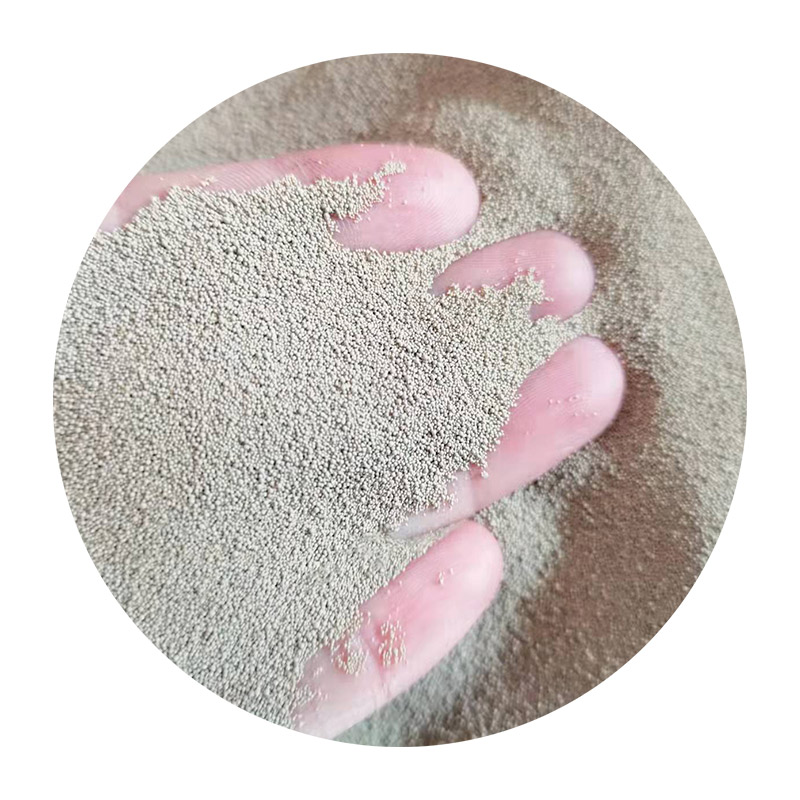Difference Between Sand Casting and Investment Casting
Casting is a fundamental manufacturing process used to create complex shapes by pouring molten material into molds. Among the various casting techniques, sand casting and investment casting are two of the most commonly employed methods, each with its own distinct characteristics, advantages, and applications. Understanding the differences between these two methods is essential for manufacturers looking to optimize their production processes.
Sand Casting
Sand casting is one of the oldest and most widely used casting processes. In sand casting, a mixture of sand, clay, and water is shaped into a mold using a pattern that represents the desired final product. The primary advantage of sand casting lies in its versatility. It can accommodate a wide variety of metals, including aluminum, iron, and steel, and is capable of producing large parts due to the relatively simple mold-making process.
One key feature of sand casting is the use of loose sand that is packed around a pattern to create a mold. After the molten metal is poured into the mold, it is left to solidify before the sand is broken apart to reveal the cast part. This method is efficient for low to medium-volume production runs but may not produce as high a level of precision or surface finish as other casting methods. The sand mold may require additional machining to achieve the desired surface finish and dimensional accuracy.
Investment Casting
difference between sand casting and investment casting

Investment casting, often referred to as lost-wax casting, is another widely used method, particularly in applications requiring high precision and intricate detail. In this process, a wax pattern is covered in a ceramic shell to create a mold. Once the shell hardens, the wax is melted away, leaving a hollow mold into which molten metal is poured.
The investment casting process allows for tighter tolerances and superior finishes compared to sand casting. This is particularly advantageous in industries such as aerospace and medical devices, where precision is paramount. Additionally, investment casting can produce complex geometries that may be difficult or impossible to achieve with sand casting.
However, investment casting tends to be more time-consuming and expensive due to the additional steps involved in creating the ceramic shell and the wax pattern. It is typically used for low-volume production runs where the cost of the molds can be justified by the quality of the finished part.
Conclusion
In summary, both sand casting and investment casting have their unique advantages and applications. Sand casting is ideal for larger, simpler shapes and is more cost-effective for high-volume production. In contrast, investment casting excels in producing high-precision components with intricate details, making it suitable for specialized applications. Understanding these differences helps manufacturers choose the most appropriate casting method for their specific needs, balancing cost, precision, and complexity in their production processes.
Post time:Medi . 06, 2024 15:14
Next:Advantages and Disadvantages of Sand Casting Process
